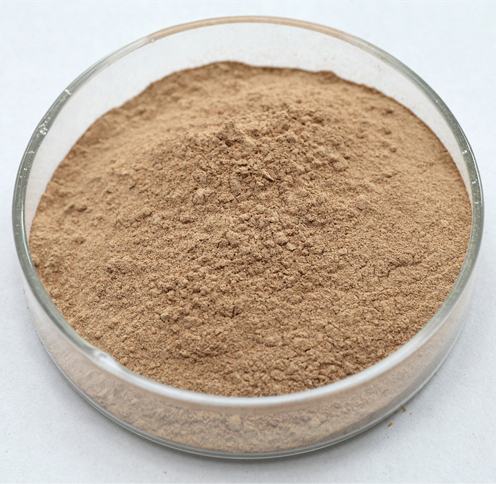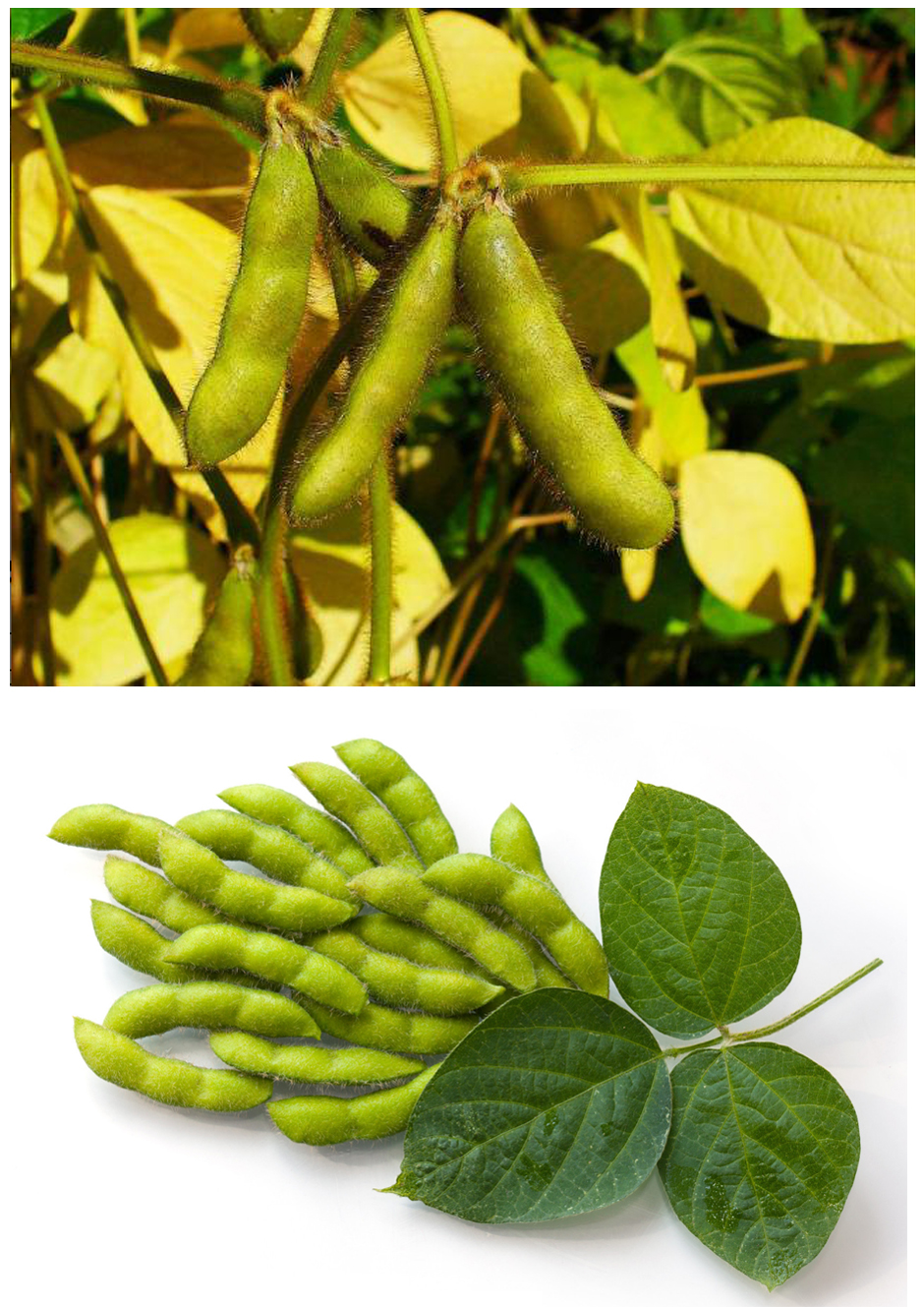14 Years Manufacturer Soybean extract Supply to Greece
14 Years Manufacturer Soybean extract Supply to Greece Detail:
[Latin Name] Glycine max (L.) Mere
[Plant Source] China
[Specifications] Isoflavones 20%, 40%, 60%
[Appearance] Brown yellow fine powder
[Plant Part Used] Soybean
[Particle size] 80 Mesh
[Loss on drying] ≤5.0%
[Heavy Metal] ≤10PPM
[Storage] Store in cool & dry area, keep away from the direct light and heat.
[Package] Packed in paper-drums and two plastic-bags inside.
[Active ingredients]
[What is Soy Isoflavones]
Non-genetically modified soybean refined soy isoflavones, a natural nutritional factors for a variety of important physiological activity is a natural plant estrogen, easily absorbed by the body.
Isoflavones are phytoestrogens planned economy a weak hormones, soy is the only valid source of human access to isoflavones. In the case of strong estrogen physiological activity, isoflavones can play the role of anti-estrogen. Isoflavones very prominent anti-cancer properties, can hinder the growth and spread of cancer cells and only cancer, isoflavones had no impact on normal cells. Isoflavones has an effective of anti-oxidant.
[Functions]
1. Lower Cancer Risk In Men and Women;
2. Use In Estrogen Replacement Therapy;
3. Lower Cholesterol and Reduce Heart Disease Risk;
4. Relieve women menopause syndrome, guard against osteoporosis;
5. Protect human body from destroy by free-radical to advance immunity;
6. Be healthy for stomach and spleen and protect nerve system;
7. Reduce cholesterin thickness in human body, prevent and cure cardiovascular disease;
8. Prevent cancer and counteract cancer£¬for example, prostate cancer, breast cancer.
[Application] Used in Lower cancer risk, estrogen replacement therapy, advance immunity, prevent and cure cardiovascular disease.
Product detail pictures:

Related Product Guide:
We've got a really efficient group to deal with inquiries from prospects. Our purpose is "100% customer fulfillment by our product excellent, price & our group service" and enjoy a superb track record amid clientele. With many factories, we can easily deliver a wide selection of 14 Years Manufacturer Soybean extract Supply to Greece , The product will supply to all over the world, such as: Bolivia, Lyon, Georgia, We maintain long-term efforts and self-criticism, which helps us and improvement constantly. We strive to improve customer efficiency to save costs for customers. We do our best to improve the quality of product. We will not live up to the historic opportunity of the times.
To get the full info and tips, visit https://www.prosolutionpills.com/info/amazing-foods-natural-male-enhancement/.
Excerpt: It is always best to use natural male enhancement methods to increase sexual potency, sexual pleasure and penis size. Natural methods are effective and free.
Content:
1. BANANAS
They are rich in potassium and help to regulate blood pressure, nerves and heartbeat. Potassium also clears your body of excessive sodium and allows your heart to work easier.
2. GARLIC
It contains allicin, which promotes blood flow to the penis. This allows men to have harder, firmer and longer-lasting erections.
3. WHOLE GRAINS
These are one of the most effective natural male enhancement foods. Whole grains are rich in thiamine, which works as a nervous system stimulant.
4. CELERY STALKS
Another beneficial natural male enhancement food is celery. It increases the amount of androsterone that evaporates into the air, enabling the opposite sex to smell it, which enhances their sexual pleasure.
5. OYSTERS
Raw oysters are a beneficial natural male enhancement food that contains the dopamine hormone, which helps to increase your libido.
6. OILY FISH
Eating lots of oily fish supplies your body with needed healthy fat and omega-3 fatty acids, which are essential for your heart and blood circulation. Salmon, tuna and mackerel also help decrease the risk of prostate cancer.
7. SNAILS
Snails are rich in zinc, which is an antioxidant and helps to enhance sexual functioning. The presence of zinc in snails assists in the formation of DNA, repairing the cells and improving the male reproductive system.
FOODS TO AVOID:
Men who are working on male enhancement should avoid processed, fried, dairy and refined foods, as well as sugar and caffeine. They should also stay away from foods rich in cholesterol, like red meat and shellfish.
To know more, visit https://www.prosolutionpills.com/info/amazing-foods-natural-male-enhancement/.
Pycnogenol works to reduce inflammation on a very basic level, naturally, and without side effects.
Hope that the company could stick to the enterprise spirit of "Quality, Efficiency, Innovation and Integrity", it will be better and better in the future.







